Want to know the price of vanilla in countries around the world? You can find it in just a few minutes. Want to know which nation has the most poisonous species? It's out there. Want to know how much McDonald's charges for Big Macs in more than 40 different countries? No problem. But want to know where children are allowed to work in mines, with poisonous chemicals, or through the night, or where parents have the right to take time off from work to care for a hospitalized child? Good luck!
These information gaps were very convenient for countries that were performing poorly and had no interest in improving. But they were a big downside for the majority of citizens and groups who care that all children in their own country are given the chance to develop to their full potential. And they left those who care about the opportunities all children and youth have, regardless of where they live, completely in the dark.
We decided to take steps to begin to fill these gaps. For the past several years, we have been working on the Children's Chances Initiative to make information publicly available and readily accessible on what countries around the world are doing to give their children a real chance to thrive. This initiative draws on data from the World Policy Analysis Centre, which Jody founded and continues to lead, on 193 countries.
These data allow us to answer questions like the above, and many more, in areas key to children's development. How many countries do not prohibit hazardous work before the age of 18? Forty-six. In how many countries do parents risk job loss if they need to take time off work to care for a sick or injured child? Eighty-six. How many countries charge tuition for secondary education, making it inaccessible for poor children? Thirty-eight. More importantly, everyone can readily identify which countries are performing well or poorly, and easily compare them with other countries in the same region or income level. Before this project, answering many of these questions would have required reading thousands of pages of legislation and policy reports in multiple languages.
Why do we care so much about knowing what countries are doing, and why are we so committed to sharing this information?
- It gives people in countries around the world the chance to know what key protections they have a right to. From Canada to Kenya, many citizens do not have the time to sift through their own country's legislation to find out things like the minimum age at which children can work full-time, whetherfathers can take leave for newborn children, or how much education their children's schoolteachers are expected to have completed. Having easy access to this information -- through the click of a button on a website -- allows citizens the world over to hold their countries accountable for the realization of what they have promised.
- It allows consumers to make informed decisions. Countries that have high rates of child labor and poor child labor laws have no excuse not to take action to put strong regulations in place, and global consumers who buy goods produced around the world can play an important role in incentivizing this action.
- It shines a light on countries that stand out as leaders as well as those that are falling behind all others. This information can be used to propel change. For example, when we published earlier findings on the near universal availability of paid maternity leave worldwide, civil society and policymakers in Lesotho took note of that fact and passed paid leave. While this tool is powerful, its strength depends on the steps taken by citizens and leaders. Unfortunately, even with evidence that it is near last, the United States has not yet passed paid maternity leave.
It is easy to identify which countries are doing well and which doing poorly when it comes to things like sports -- there are global rankings of tennis players, soccer teams, and a wealth of other information that allows anyone to easily see where countries are ahead of the curve or lagging behind. Shouldn't we expect the same for how countries are doing when it comes to giving all children a chance?
To find out what we know about how countries are doing on children's chances, visit http://childrenschances.org/global-maps/. You'll find more than 100 maps of all 193 countries that will tell you where girls and boys have equal rights in education, where discrimination on the basis of religion and ethnicity are illegal, where policies help lift families out of poverty, where children can count on basic public health measures, and youth can learn from well trained teachers. Over the course of the next several weeks, we will blog about the state of the world and the evidence on policy impact in critical areas like education, labor, poverty, and equity. Stay tuned!